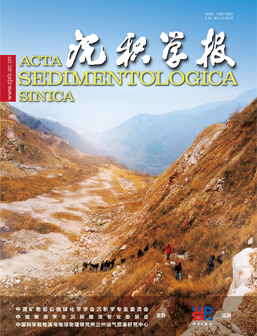Formation of carbonate laminae in the Oligocene Shangganchaigou Formation of the Qaidam Basin and paleoclimatic significance
doi: 10.14027/j.issn.1000-0550.2023.065
- Received Date: 2023-02-14
- Available Online: 2023-09-16
-
Key words:
- lacustrine laminae /
- aragonite /
- dolomite /
- algal bloom /
- paleohydrology
Abstract: Formation of lacustrine laminae result from water stratification and slow rates of deposition of fine-grained sediments. Carbonate laminae are sensitive to changes in water salinity, alkalinity, and biological activity and can provide important implications for paleoclimate and paleohydrology, which have, however, not received enough attention yet. Here, we take the Oligocene Shangganchaigou Formation of the Xichagou Section, SW Qaidam Basin as an example to study the formation mechanisms of lacustrine laminae, the origins of different carbonate mineral phases in saline lake basins, and their climatic and hydrological significances by observation of conventional thin section, fluorescence thin section and scanning electron microscope, and analysis of X-ray powder diffraction (XRD) and stable carbon and oxygen isotopes. Results show that the Shangganchaigou Formation of the Xichagou Section in the SW Qaidam Basin consist of three kinds of carbonate minerals: aragonite, dolomite, and calcite, all of which show a close association with algal residues. Carbon isotopic values of samples with high contents of aragonite are positive and samples containing rich dolomite show relatively higher δ18O values than those of other samples, indicating that the preservation of aragonite in Oligocene strata was related to algal bloom and dolomite formation resulted from high water salinity. The differed distributions of different carbonate mineral phases reflect a dynamic lake evolving from an early clastic-rich brackish lake to a later saline lake, controlled by early Oligocene humid climate and late Oligocene semi-arid climate.
| Citation: | Formation of carbonate laminae in the Oligocene Shangganchaigou Formation of the Qaidam Basin and paleoclimatic significance[J]. Acta Sedimentologica Sinica. doi: 10.14027/j.issn.1000-0550.2023.065 |






 DownLoad:
DownLoad: